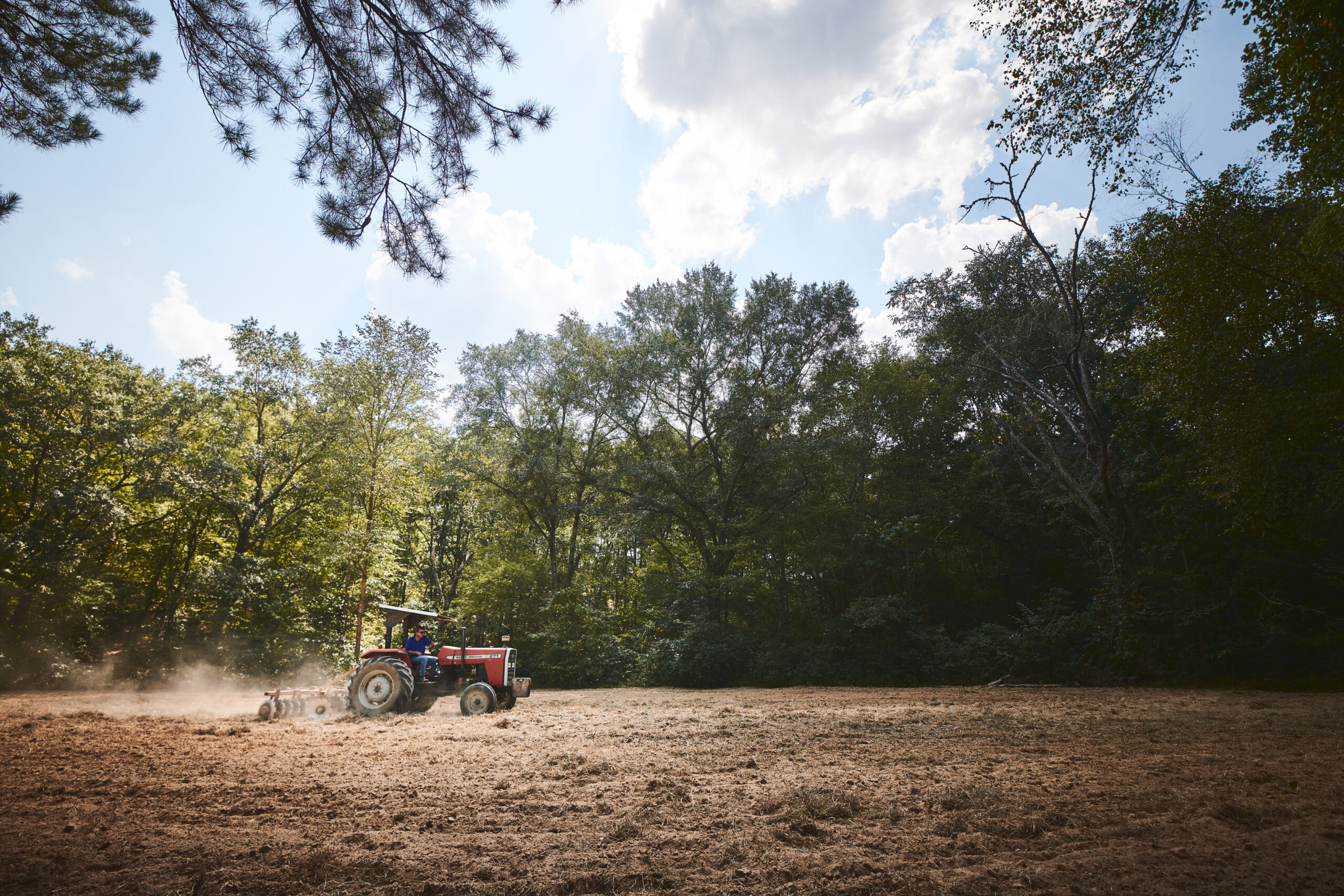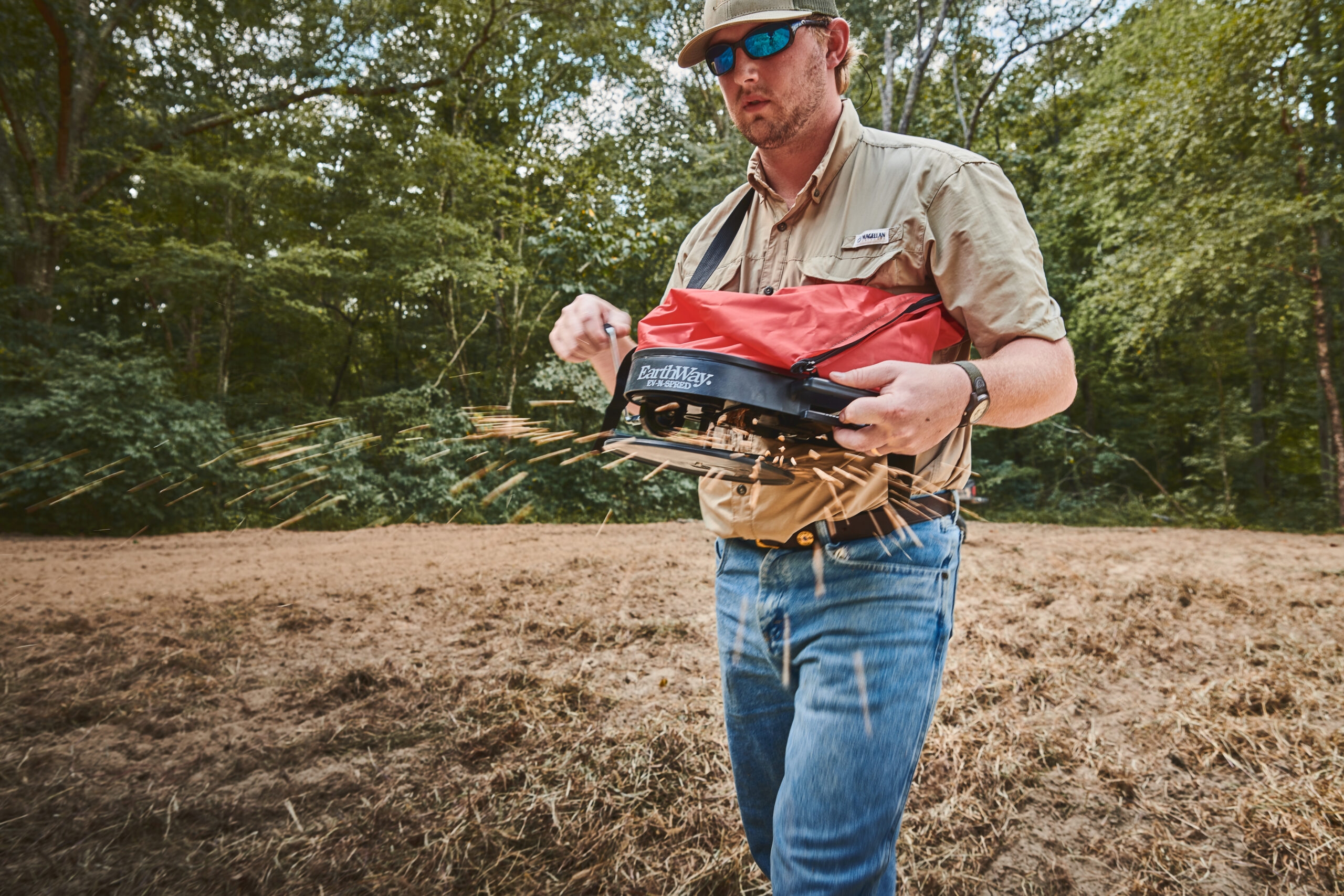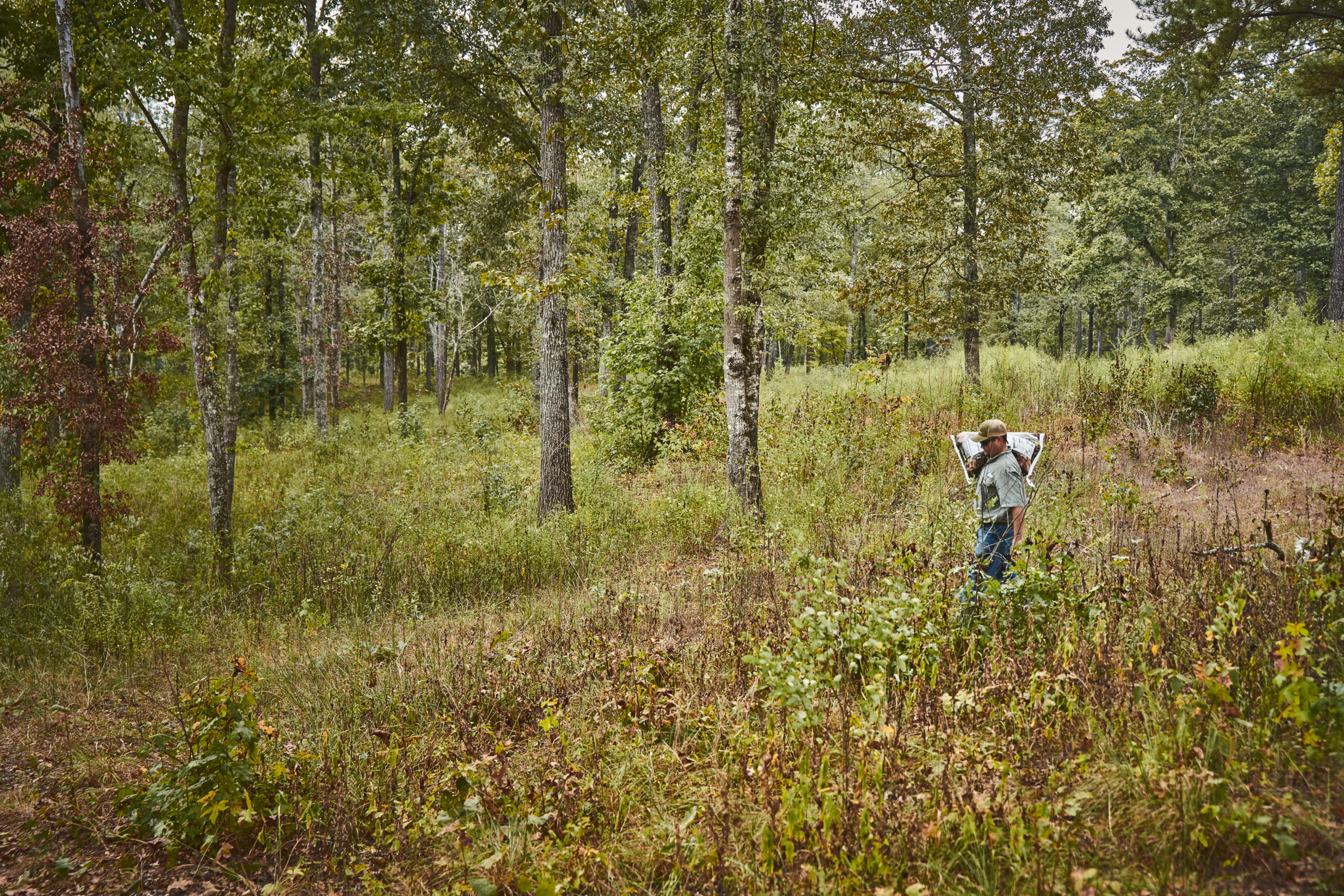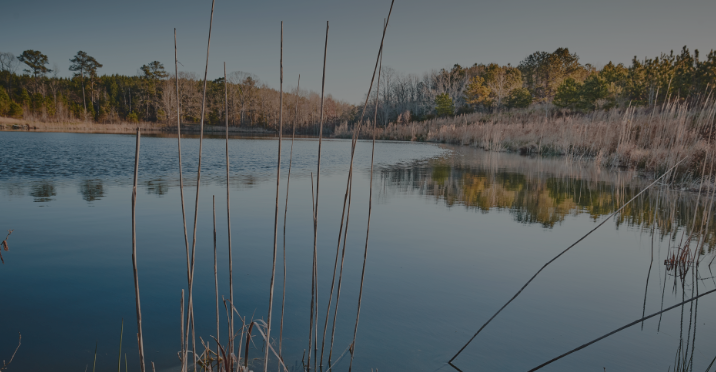It’s never too early to start preparing your land for this year’s hunting season. Establishing healthy and productive food plots around your property is the single best way to encourage more deer, but it’s important to have a game plan in mind before you start planting. Getting your soil tested is the first step to achieving productive food plots. Having soil at the ideal 6.5 to 7 pH allows plants to utilize more nutrients in the soil and produce more plant volume for feed. The only way to discover the pH is by either testing your own soil, or sending it off to a lab that specializes in these tests. The results can be somewhat confusing to someone who’s never read them before, so it’s often recommended to solicit help from the lab or other soil experts to get an action plan in place. Different crops have different pH levels that they prefer. While soil acidity (low pH) can often be corrected with dolomitic lime or calcitic lime, you could also take advantage by planting food plots that do better in acidic soil. Crops that like acidic soil include oats, wheat, triticale and rye. If you supply the labs doing the soil testing with a list of the crops you want to plant, they can provide helpful guidance in achieving the proper soil conditions for those plants. Getting thorough and controlled soil testing performed will save tons of time and energy in the long run. Clover is recognized as one of the best deer forage in the South. It’s hard to beat the protein content combined with the general hardiness of clover. Clover is also a low-maintenance crop, requiring simple hand spreading and can grow with little to no attention or work after planting. Some varieties are slightly frost resistant and can even be planted in frost conditions, which makes it perfect for establishing early spring coverage. Clover has the added benefit of attracting turkey, who come to feast on the insects that are attracted to the dense clover fields. Generally you want to devote at least a half an acre when planting a clover plot, and the closer to wooded areas the better. These plots should be dispersed as evenly as possible throughout the property.



Always first consider the amount of rainfall your area receives. Clover is not resistant to any degree of flooding, and will not tolerate any prolonged exposure to overly damp conditions. Summer presents its own issues with a lack of moisture. Balancing your fall/spring versus summer planting spots is key to achieving greater deer numbers. Some species of clover will return year after year, while some will require yearly seeding. This also depends on what climate zone you’re in, so be sure to research how particular species will grow in your area. Soybeans are another very popular deer forage, and unfortunately so much so that deer tend to trample the young and delicate soybean plants in the rush to feed. One way to overcome this issue is by planting a larger area, so that hopefully some of the soybeans will still reach maturity. Aeschynomene and Alyce clover are two more options that like to be planted relatively early in the year in May or early June. They can be planted together to give root and browsing support. They’re also somewhat susceptible to being taken over by weeds, and might require a little extra attention to get to maturity. Companion plants like corn, grain sorghum, or sunflowers, can also help provide some early grazing relief. As we’ve pointed out, many of the spring and summer forage options aren’t as durable when compared to their winter counterparts. If you don’t think you have the time or land to commit to a summer feeding regiment, it might be in your best interest to focus on late summer and fall. Deer also tend to eat a lot more in the spring months, and can easily eat down your hard work in a matter of weeks or even days.
One option is using fencing to protect your delicate summer food plots until they reach maturity and can handle seasonal feeding without collapse. Even if your first batch of plots don’t make it to maturity, many of the strains we’ve talked about serve as great cover crops. Cover crops help prevent erosion and return precious nutrients back to the soil. Alfalfa and Red Clover are two popular perennial legumes that can serve this dual purpose of forage crop and cover crop. Oats are a very popular deer forage that can be tilled-in to provide weed control and a natural mulching. Don’t be afraid to call in the experts. It can be the difference between a lot of wasted energy or big productive food plots for deer. If you’re ready to start a supplemental feeding program on your land and don’t know where to begin, reach out to your local land experts. Strong Realty has been managing recreational and hunting property for over 75 years and is always happy to help with your next project.
Strong Realty has been managing recreational and hunting property for over 75 years and is always happy to help with your next project.

No Comments